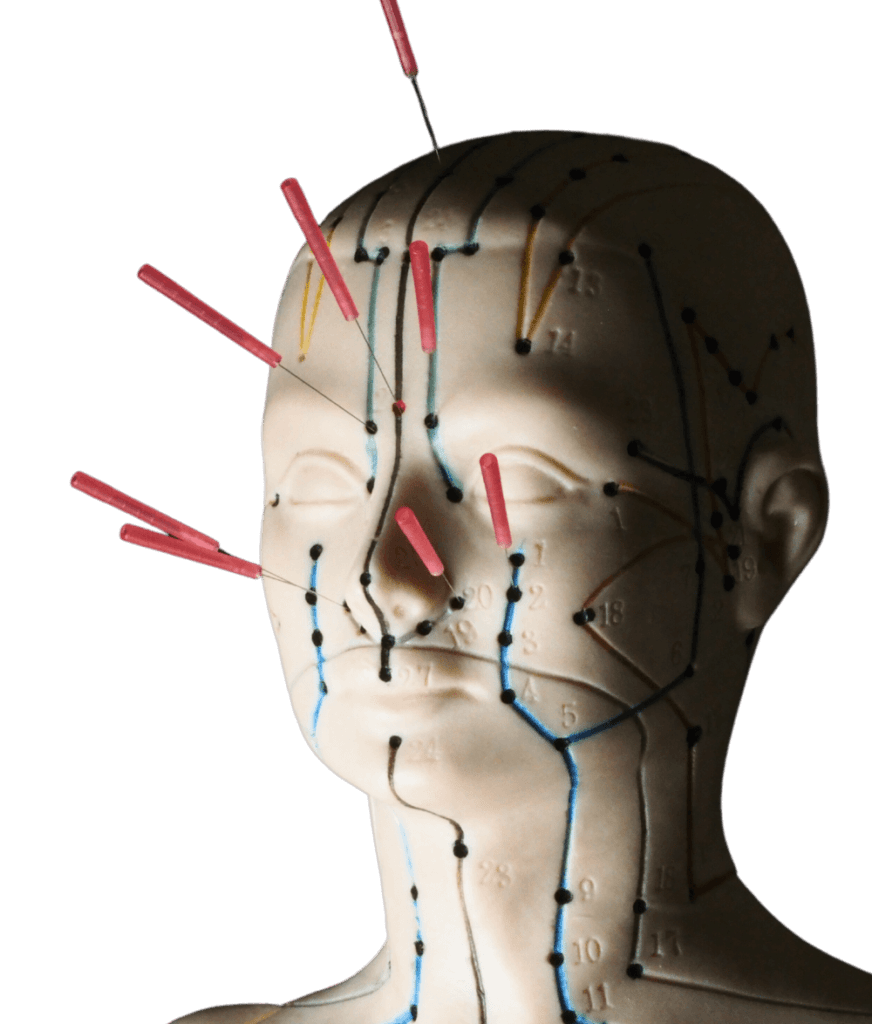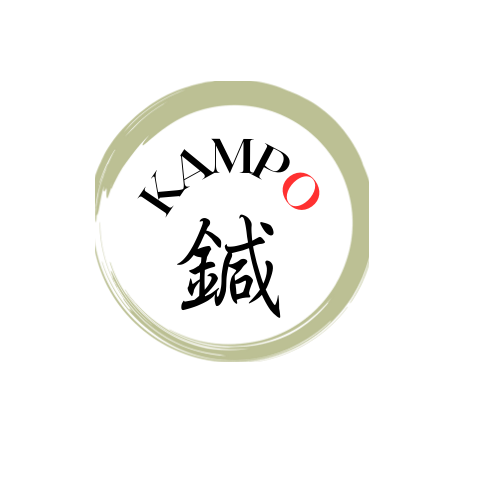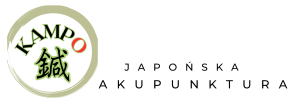Services
Acupuncture and Kampo Medicine differ significantly from other medical treatments. It’s essential to understand their unique characteristics, the specific procedure you’re undergoing, and what to expect during and after treatment. I’ve developed a unique treatment system designed to alleviate your symptoms and address the root cause concurrently, ensuring optimal and timely results. My expertise spans not only traditional Asian Medicine but also a wide array of alternative therapies and applied physiology. This breadth of knowledge allows me to provide unique insights into various health conditions, including those that have been resistant to conventional or other alternative treatments over the years.
Previous Acupuncture Experience
If you’ve tried acupuncture elsewhere without noticing any improvement, don’t be disheartened. While not everyone reacts positively to acupuncture, it’s worth noting that in places like Europe, including Poland, practitioners with diverse educational backgrounds offer acupuncture. Non-responsiveness to one acupuncturist doesn’t mean another can’t help you. Finding the ‘right acupuncturist’ is a subjective process and might require sampling different professionals.
Acupuncture Beyond Pain Relief
Many, including some healthcare professionals, view acupuncture mainly as a temporary pain relief method. This perception might have originated from its popularization in North America and Europe during the 70s. However, while it’s used for pain control, the primary aim of acupuncture, as practiced in regions like China and Japan, is to balance internal systems and address underlying health issues. Thus, pain relief is just one facet. Acupuncture effectively treats a wide range of health conditions, not limited to pain-related ones. The World Health Organization has identified 28 health conditions treatable through acupuncture, including organic illnesses.
Scientific Proof for Acupuncture
Modern medical practices prioritize evidence-based medicine (EBM) over individual beliefs. This emphasis has impacted acupuncture too. Over the past decade, acupuncture has undergone rigorous testing by Western research standards.
In 1997, the US National Institute of Health convened an extensive conference discussing acupuncture’s efficacy and safety. Post-conference, the “NIH Consensus Statement on Acupuncture” was released, acknowledging acupuncture’s effectiveness for various conditions and recommending insurance coverage. Notably, my research in the International Journal of Neuroscience was among those reviewed and contributed to this acknowledgment.
Needle Placement
Needle placement will depend on your specific symptom patterns. While we might target areas of your symptoms, we’ll also consider points across your entire body. This holistic approach treats your symptoms as manifestations of overall body disharmony. Common balancing points can be found on the forearms, legs, and abdomen.
The Complexity of Acupuncture
Acupuncture isn’t merely about inserting needles into textbook-defined points. Responses vary significantly based on factors such as the practitioner’s skills and the nature of the stimulation (e.g., insertion depth, intensity, and duration). Experienced acupuncturists take these factors into account to tailor treatments for each patient and achieve the best outcomes.
The SES Technique
The SES technique I often employ, backed by extensive Japanese and Canadian research, is used to enhance the autonomic nervous system’s activity. Administered at the end of sessions, SES positively impacts various systems, including musculoskeletal and hormonal. The needle’s depth and your breathing during stimulation are vital for the desired physiological effect.
Potential Side Effects
Like any medical procedure, acupuncture may have adverse effects. Reported issues include infection, nerve damage, and organ injuries. However, these severe complications are rare, especially with trained acupuncturists. There might also be instances of fainting, especially among those with needle anxiety, low blood pressure, or those attending sessions on an empty stomach. Minor bruising at needle sites can occasionally occur. There’s a small risk of burns from heat treatments like moxibustion. Yet, compared to other medical treatments, acupuncture is extremely safe with minimal severe complications.
Acupuncture During Pregnancy
During pregnancy, acupuncture is generally deemed safe. However, certain points and methods can pose risks, especially in the early stages of pregnancy. There are various acupuncture techniques, and their potential risks and benefits can differ based on the practitioner and the specific methods employed. Always keep this in mind when discussing acupuncture or when reading about it.


